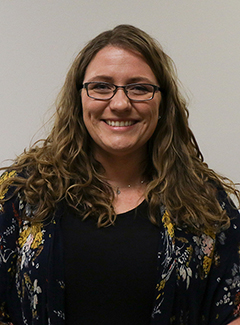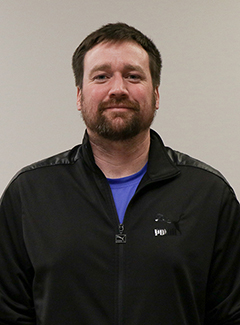Iowa Department of Agriculture and Land Stewardship Adds 3 Field Staff to Support Water Quality Improvement Projects
New coordinators will serve the Floyd, Middle Cedar and North Raccoon watersheds
DES MOINES, Iowa (Feb. 11, 2020) – Iowa Secretary of Agriculture Mike Naig announced that the Iowa Department of Agriculture and Land Stewardship has hired three additional field staff to expedite the implementation of soil conservation and water quality practices across the state. These watershed coordinators will work in the Floyd, Middle Cedar and North Raccoon River watersheds — three of the priority areas identified in the Iowa Nutrient Reduction Strategy. They will provide technical support to local farmers, landowners and communities who choose to add conservation practices that reduce phosphorus and nitrogen losses.
“We’re engaging more farmers and landowners than ever before, and the Department is committed to supporting their efforts with local resources,” said Secretary Naig. “These new coordinators will build upon successful projects happening in these watersheds and help accelerate the adoption of practices that benefit their communities and downstream.”
More funding allowed the Department to make staff investments to support the Water Quality Initiative (WQI) demonstration projects happening in priority watersheds. Rose Danaher is assigned to the Middle Cedar watershed and will work out of the Benton County Soil and Water Conservation District office in Vinton. Colton Meyer will work in the Floyd River watershed and be stationed in Orange City, and Carrie Tolzin will serve the North Raccoon watershed and be based in Storm Lake.
These new hires join three watershed coordinators who are currently employed by the Department; TJ Lynn has been working in the North Raccoon and Sean McCoy has been serving the Boone River watershed since September 2019, and Clark Porter has been assisting residents in the Middle Cedar watershed since September 2018.
Building upon early success
The state’s investment in local watershed coordinators has yielded significant and immediate results.
Working alongside private partners and field staff, the Department’s watershed coordinators have helped double the number of cover crop acres planted in the Miller Creek area, part of the Middle Cedar watershed, and Headwaters of the North Raccoon watersheds.
The Department’s field staff has also expedited the adoption of edge-of-field practices over the last 18 months. They helped farmers and landowners complete multiple saturated buffer and bioreactor projects and expect 42 more to be built in the next two years.
There are state and federal funding, planning and technical resources available to help farmers, landowners and communities with conservation projects. Individuals and community groups who want to implement practices can contact their county’s Soil and Water Conservation District office for help getting started.
To learn more about the state’s water quality improvement efforts and read some of the success stories, visit cleanwateriowa.org.

|

|

|